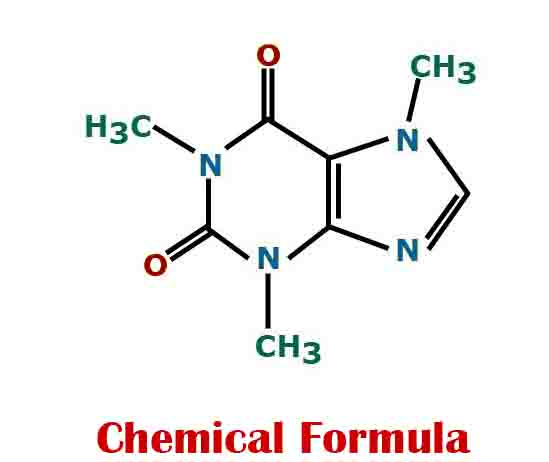Chemical Formula Definition
Chemical formulas use atomic symbols and numerical subscripts to indicate the number and type of atoms in a molecule. Chemical formulas are simple representations of molecules that exist in three dimensions. Chemical formulas describe substances down to the atoms that make them up. The empirical formula, the molecular formula, and the structural formula are the three basic types of chemical formulas.
Molecular formulas provide a little bit of information about the composition of a substance, as well as clues as to its three-dimensional shape and interactions with other molecules, atoms, and ions.
The letters in a chemical formula represent the atomic symbols of each atom. The subscript (lower) represents the atom’s number, while the superscript (higher) represents the atom’s charge. Coefficients before chemical formulas indicate the number of units in the molecule. Different types of chemical formulas are read differently.
Types of Chemical Formula
Empirical Formula
A compound’s empirical chemical formula indicates the relative number of atoms of each element. As a result of their small size and the same ratio of atoms in molecules and number of atoms in a molecule, some compounds, like water, have the same empirical and molecular formula. Water’s empirical and molecular formula is as follows:
H2O
A molecule’s empirical formula is determined by the weight of each atom. For a slightly bigger molecule like hydrogen peroxide, the empirical formula shows only the ratio of atoms. As a result:
HO:
The empirical chemical formula only shows the basic structure of the molecule. A hydrogen peroxide molecule is formed by joining two HO: molecules together.
Molecular Formula
It is the molecular formula that shows how many atoms each molecule contains. Therefore, hydrogen peroxide has the following molecular formula:
H2O2
In this case, hydrogen peroxide’s structure becomes somewhat confused. The empirical chemical formula suggests that the molecule has two oxygen atoms bonded together in the middle, but the molecular formula doesn’t indicate that. Most molecules can be looked up after their formula has been identified, but the molecular formula is often used to describe them, simply because it is convenient.
Structural Formula
Molecules have a structural formula that is more artistic than chemical formulas. These chemical formulas show the actual bonds between molecules. By understanding how the atoms are connected, the reader is able to understand how the molecule functions in space. To consider, there are many different structural chemical formulas.
To show bonds between atoms, the electron dot method uses colons and periods. Atoms on either side of a colon share electrons between them. The formula above represents the actual arrangement of atoms within a molecule more accurately. For water, the electron dot formula would be as follows:
H:O:H
There is also a chemical formula that shows the bonds between atoms, the bond-line formula. An electron pair shared by two atoms is represented by a line rather than each electron that is shared. This is how water looks in a bond-line formula:
H-O-H
Scientists have developed much more advanced formulas and representations of molecules, including ball-and-stick models, space-filling models, and even models that consider the electron density of atoms.
These advanced models consider not only the number and angles of atoms within a molecule, but also their sizes, distances, and angles between atoms. Below is the ball and stick model of water, which shows the polarity of the molecule, as the large oxygen atom tends to attract the most electrons.
Molecular Mass from Chemical Formula
Calculating the molecular mass is one important skill derived from chemical formulas. The molecular mass of a molecule is calculated by adding together all its atoms. As a result of its particular composition, each substance has a specific molecular mass.
Consider the chemical formula when determining the molecular mass of a substance. Each atom present in the formula can easily be seen. The number of atoms in each molecule must be multiplied by the number of atoms in the molecule. Atoms will be subscripted to indicate their number. It is common for large molecules with multiple similar groups to appear like the example below:
C(OH)4
The (OH) group consists of four atoms, not four hydrogens. Whenever you calculate molecular mass, remember to take this into account. As well as identifying substances, weighing chemicals for experiments, and calculating energy involved in chemical reactions, molecular mass can be used to do a number of calculations. It is common for scientists to use chemical formulas as a means of storing much of this information, rather than explaining basic chemistry in every paper they write.

